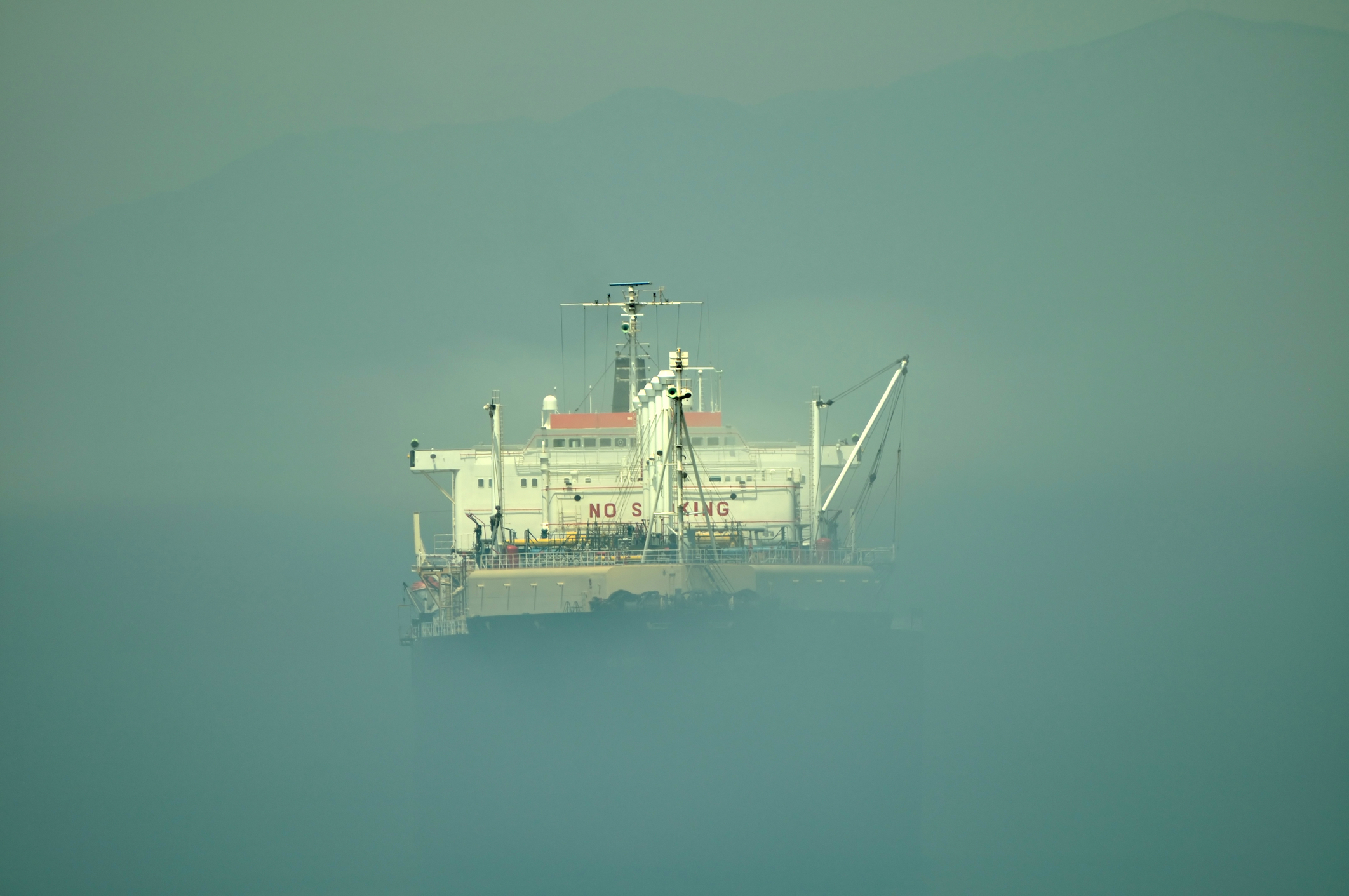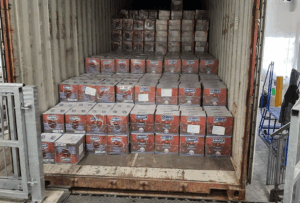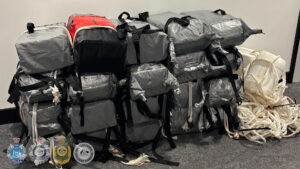Both NATO and Russia scrambled warplanes in a dramatic ‘dogfight’ above the Baltic after a major standoff over a crude oil tanker.
Estonian foreign minister Margus Tsahkna said the incident this week, when a fighter jet of the Russian Federation violated Estonian airspace to protect a ‘shadow’ fleet tanker, is a real example of the serious threat Russia poses to NATO as a whole.
The ship is suspected of being used by Moscow as part of its ‘shadow fleet’ to avoid international sanctions. The tanker reportedly was sanctioned by the United Kingdom.
A Russian Su-35 fighter jet entered the Estonian airspace near Juminda on May 13, Estonian defence forces have confirmed.
The jet had no flight plan, its transponder was off, and it ignored radio contact attempts.
F 16s from NATO Baltic Air Policing launched from Ämari to identify the jet. Tsahkna said the navy stopped the ship, because it was flying no flag and apparently had no insurance. The Russian fighter jet appeared on the scene while the ship was stopped.
“On the evening of 13 May, Estonia exercised its right to inspect a shadow fleet vessel passing through its exclusive economic zone,” Tsahkna said. “Russia responded dangerously aggressively by accompanying the shadow fleet tanker with a fighter jet, which violated Estonian airspace in the process. This case is yet another example proving that Russia poses a serious threat not only with its military action in Ukraine, but much more broadly.”
Estonia warned on Thursday that Russia appears willing to defend with military force its ‘shadow fleet’ of aging tankers, even through the territorial waters of European countries.
The minister highlighted that the situation in the Baltic Sea is evolving and called for continued NATO operations in the region, describing the ‘shadow fleet’ as a real threat that Russia is prepared to defend militarily.
At the informal meeting of NATO foreign ministers in Antalya, Türkiye, on 14 and 15 May, foreign minister Tsahkna noted that strengthening the allies’ deterrence and defence posture is of key importance.
“A new and ambitious target level for defence spending must be agreed at NATO’s June summit in The Hague, because only through increased investments in defence can the Allies fill the existing capability gaps and deter Russia, which poses a threat to the entire Alliance,” Tsahkna said, adding that Estonia will lead by example with defence spending rising to 5.4% of GDP next year.
In addition to reinforced deterrence and defence posture, the continued strengthening of cooperation between North American and European allies and supporting Ukraine was also discussed in Türkiye.
“Russia has not agreed to a truce or direct negotiations with the president of Ukraine; instead, it has continued its brutal attacks and delaying tactics. Russia continues on the course of aggression, as it still hopes to achieve its goals, that is, to destroy Ukraine and restructure Europe’s security architecture,” Tsahkna noted. “By stepping up sanctions, Russia must be pressured into abandoning these goals and ending the war.”
Finland’s minister for foreign affairs Elina Valtonen condemned the “reckless shadow fleet behaviour” in the Baltic Sea and the airspace violation by Russia. “We continue to cooperate closely with Estonia and our other allies and partners,” she wrote in a post on social media X.
Finland condemns the reckless shadow fleet behaviour in the Baltic Sea and the airspace violation by Russia. We continue to cooperate closely with Estonia and our other allies and partners.
— Elina Valtonen (@elinavaltonen) May 15, 2025
I look forward to discussing this at the CBSS ministerial meeting tomorrow in Vihula.
— MoD Estonia (@MoD_Estonia) May 14, 2025



